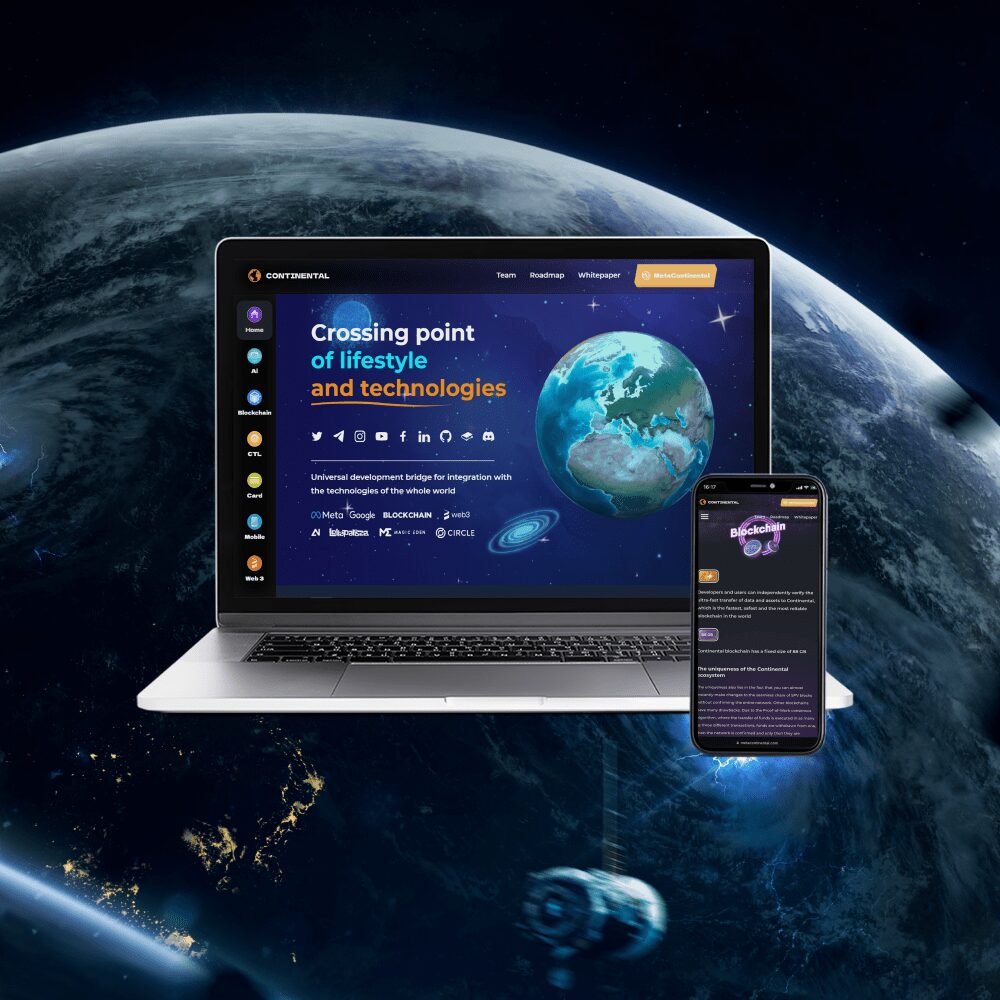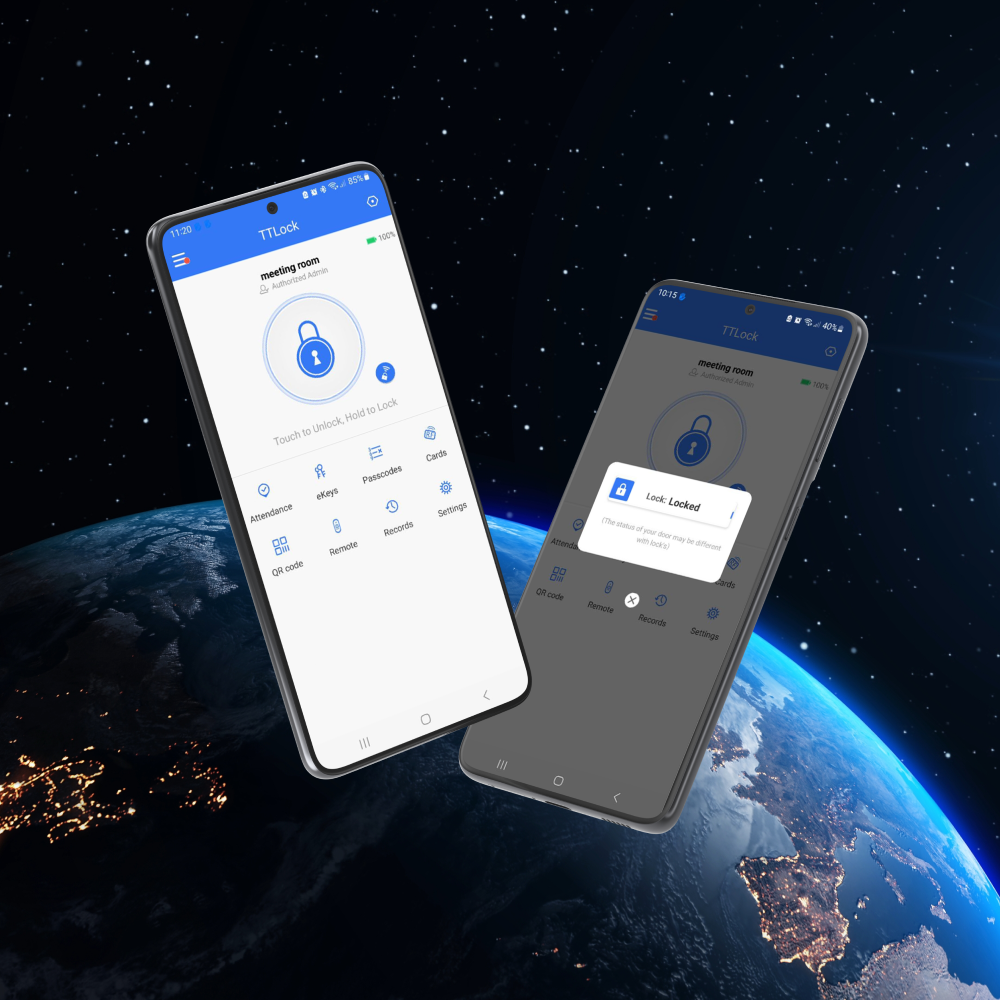Stages of game development
Stages of game development
GameDevStages of game development GameDev
Video games have long been one of the most popular forms of entertainment. According to the latest data, the number of gamers in the world has reached almost 3 billion people, and by 2024 this figure will increase to 3.32 billion. In this article, we take a look behind the scenes of this huge market and look at how game projects are actually created, and how much work lies behind the addictive gameplay and user-friendly game interface.
7 stages of game development
7 stages of game development
Creating a game is a painstaking and time-consuming process that can take from months to several years. For example, the development of most games in the Assassin’s Creed franchise took an average of 2-3 years, and this despite the fact that up to 15 internal Ubisoft studios worked on them.
However, regardless of the scale of the game, game development includes several main stages of production. Let’s talk about them.
Step 1. Planning
Step 1. Planning
At this stage, the very idea of the future game is born, which, in addition to the first drafts of the scenario, includes other important parameters:
- budget;
- the target audience;
- what will be the format of the game – 2D or 3D;
- who are the main characters;
- where the main game actions take place;
- there will be an open or closed world;
- for which platform the game is being created – IOS, Android, PC, PS and Xbox consoles;
- estimated launch dates, taking into account the budget and capabilities of the development team.
Thus, we form an expectation – what the project should be like and who will play it.

Step 2: Proof of concept
Step 2: Proof of concept
Before starting technical development, it is important to check the viability of a future game in the market. To do this, you need to answer several questions:
- Are there any technical possibilities for creating a planned project?
- How big should the team be?
- How much will the development cost and is the planned budget sufficient?
- Will you need a game engine, and which one – Unity, Unreal Engine, etc.?
- Will third-party voice actors and screenwriters be hired?
- What are the options for monetizing the game?
Step 3. Pre-production
Step 3. Pre-production
When the concept of the game is formed and the budget is approved, the specialists begin preparations for production. This is where writers, artists, animators, programmers, engineers, and other important departments plan for technical implementation and interaction. Here are some examples of such cooperation:
- The scriptwriters concretize the storyline, determine the main characters, their prehistory, character and options for interacting with the outside world. After that, they meet with the artists to discuss the appearance of the characters, styles, palettes and other nuances.
- Engineers agree with the writers on the number of characters. For example – no more than 100, otherwise the stability of the engine will be broken.
- The developers agree with the engineers on the physics of the project, game mechanics, and so on.
The project manager meets with different departments and forms the terms of reference, taking into account all the nuances.
The result of pre-production is ready-made sketches of characters, game environment and interface, control schemes and other in-game elements. This allows you to see how they fit into a single virtual world, how they feel to the player and how they interact with each other.
Step 4. Production
Step 4. Production
This is the most complex and time-consuming part of game development, during which the project is actually brought to life. The production stage includes:
- script writing;
- designing and animating character models to fully match the described story;
- creation of a game environment – a virtual world in which events will take place;
- audio design, consisting of musical accompaniment and sound effects;
- character voice acting;
- level design – creating immersive environments that suit different play styles;
- writing code that animates everything that happens on the gamer’s screen;
All these and other technical points can take years of iteration.
Step 5. Testing
Step 5. Testing
Playtesters are in charge of testing every game mechanic, level, terrain element and equipment. This allows us to get rid of all the bugs and mistakes made during the development phase, in order to provide players with an excellent user experience.
There are several points to which special attention is paid during the verification:
- Are there levels or areas where the game freezes?
- Do all interface elements fit on the screen, taking into account all possible extensions – for example, on different smartphones or monitors with a different diagonal?
- Can the character walk through a wall or otherwise get out of the game environment?
- Are all functions working correctly as intended?
- How interesting are the characters’ dialogues, do they last too long?
- Does the game run correctly on all devices, and are there any crashes?
- If we talk about mobile games, how does the game behave in cases of incoming calls, notifications and other things?
In gamedev, there are even different types of playtesters. For example, some are engaged in conducting stress tests – they endlessly stumble upon walls and landscape elements, trying with all their might to “break the game”. Others evaluate the “fun factor” – how interesting the gameplay is from the point of view of the gamer, the difficulty of the levels, whether the storyline is exciting. That is, they go through the game to determine if it satisfies the needs of the target audience.
After dozens of hours of rigorous testing, the project is ready for pre-launch.
Step 6. Beta testing
Step 6. Beta testing
Beta testing helps to identify bugs that were not noticed during the testing process in order to fix them before the official release.
In addition, a pre-launch often becomes part of a marketing campaign, and helps to “warm up” the interest of gamers in a new project.

Step 7. Launch
Step 7. Launch
The release is deservedly considered the most exciting stage, when the game is presented to the masses of gamers and begins to pay off. However, even after the official launch, the technical work on the project does not end.
To maintain long-term audience interest, the game must continue to evolve. Updates, in-game events, new characters, balance changes – all this will help the game to remain popular even after many years.
Game development in AVADA MEDIA
GameDevGame development in AVADA MEDIA GameDev
For us, AVADA MEDIA, each new game is not just a new project. This is a separate universe in which millions of people around the world can spend hours of their personal time.
We know how to make an exciting game project, even with the fierce competition in this market, and we have all the necessary experience for technical implementation.
Fresh works
We create space projectsFresh works
The best confirmation of our qualifications and professionalism are the stories of the success of our clients and the differences in their business before and after working with us.
Our clients
What they say about usOur clients What they say about us
Successful projects are created only by the team
Our teamSuccessful projects
are created only by the team Our team





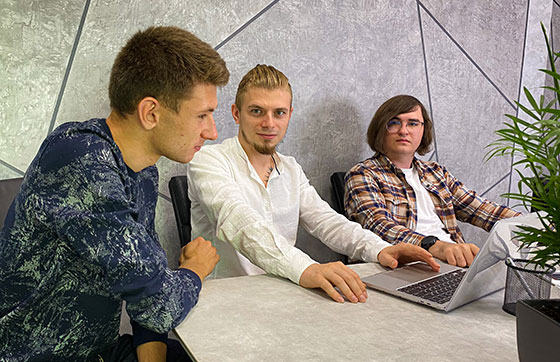
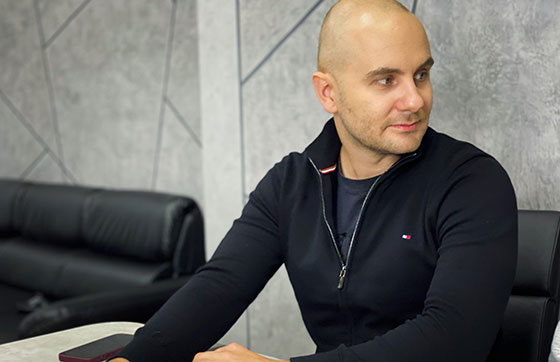
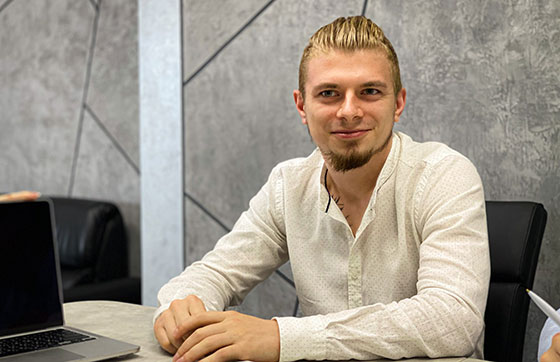




Contact the experts
Have a question?Contact the experts Have a question?
-
Phone:+ 38 (097) 036 29 32
-
E-mail:info@avada-media.com.ua



